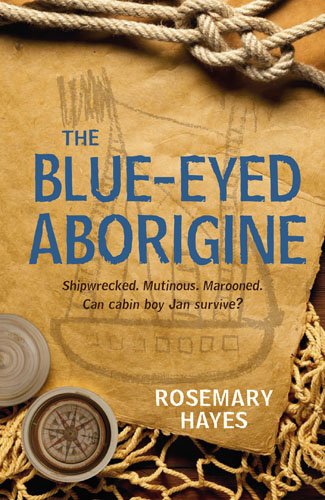The Blue-eyed Aborigine
Jan Pelgrom is a cabin boy on the ill-fated Dutch ship, Batavia. When Batavia runs aground on a reef, passengers and crew are transferred to an island off the coast of what is now called Western Australia. Here Corneliez takes over, killing and raping innocent passengers and any of the crew that dare defy him. To survive, Jan finds himself taking Corneliez’s side, committing atrocities that both shame and excite him. When a rescue ship arrives, the mutineers are captured and executed. Only Jan and a solider named Wouter are spared. They are set ashore on the great South Continent, to live out the remainder of their days.
The first part of the novel is written from the third person viewpoint of Jan. Penetration of his thoughts and emotions is, however, quite sketchy, and I found it hard to develop any empathy for him. The final part of the narrative is written in shifting first person point-of-view, between Wouter and Jan. This part of the narrative is more immediate and compelling, as it is also written in the present tense, and Jan’s emotional arc is more fully realised. It may have been better to write this way from the beginning.
Historically, the novel utilises the diaries of the ships commander to reconstruct the details of the mutiny which were detailed and horrifying. The aspects of indigenous culture touched upon in the novel seem less well researched. I found the spontaneous sexual relationship between Jan and the young aboriginal girl, Heni, most unbelievable, as girl of this age would very likely have already been given in marriage. Nevertheless, it makes a nice story, building on the legend that some of the indigenous tribes in Hutt River area had European ancestry, long before the 19th-century settlers arrived.










